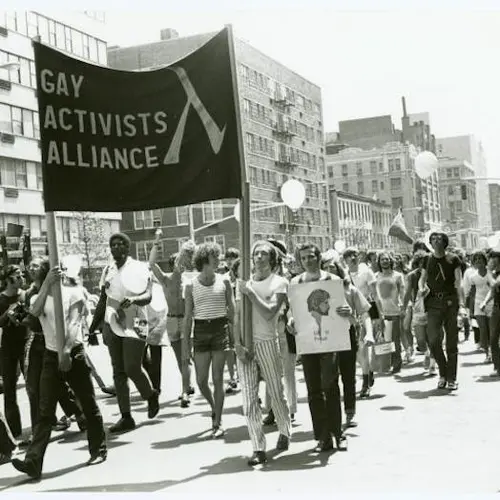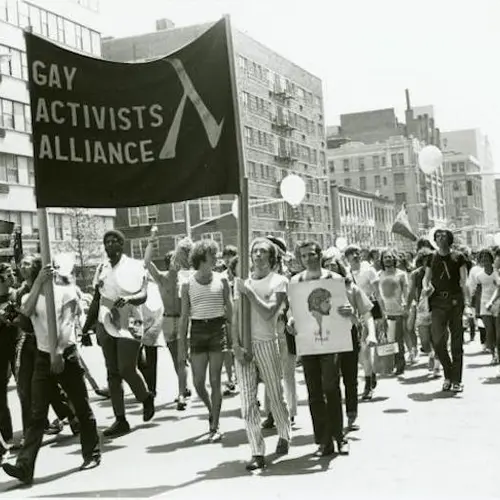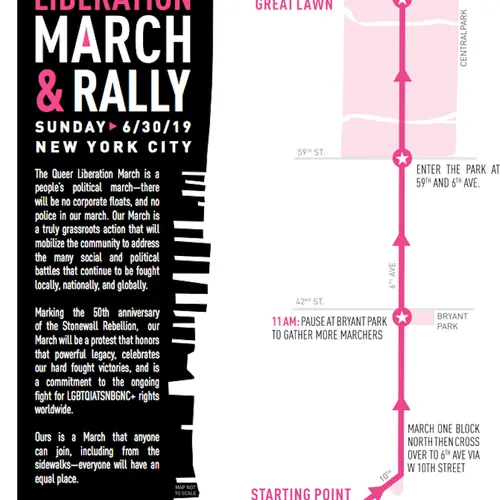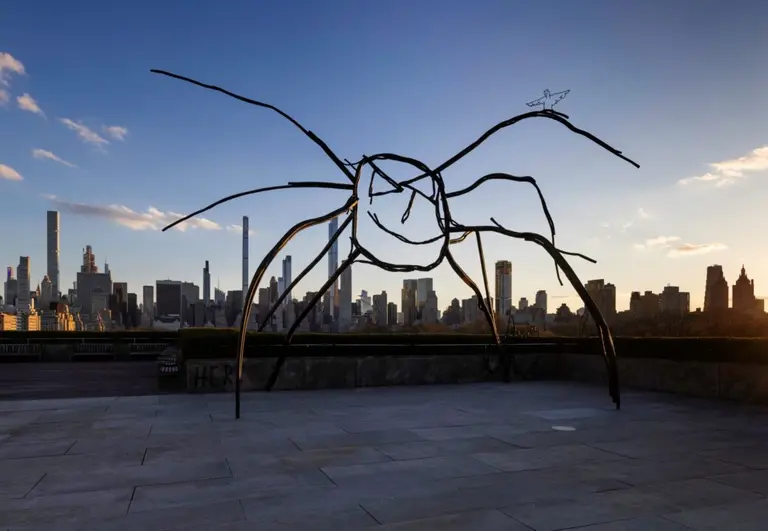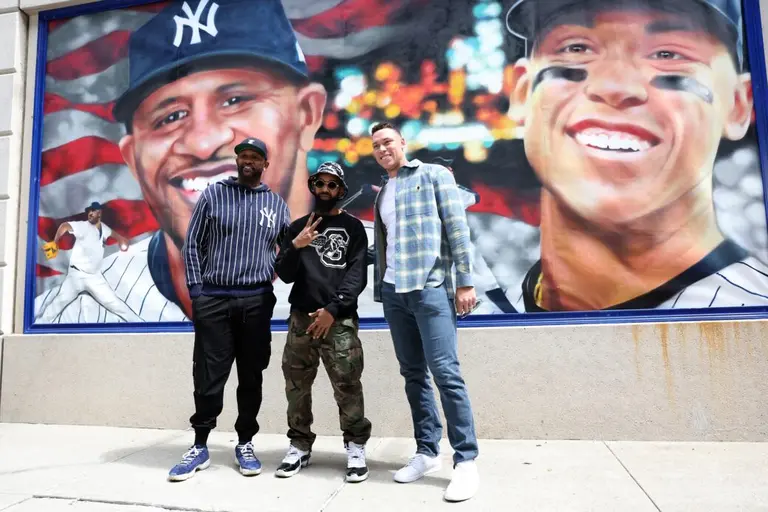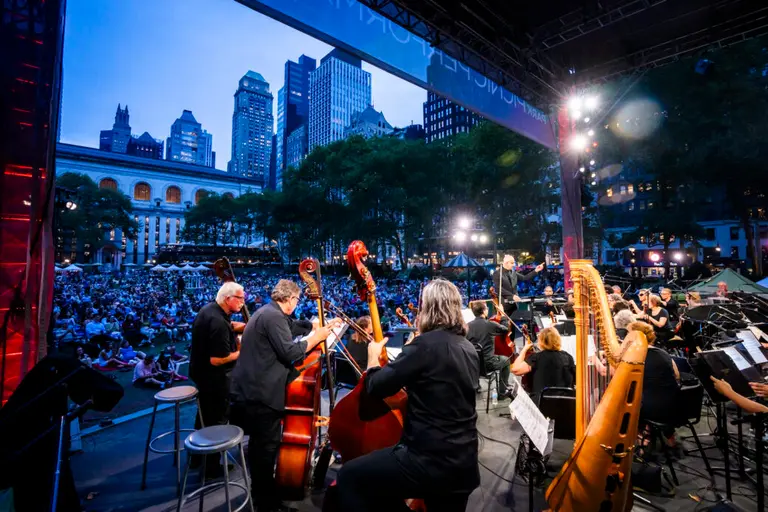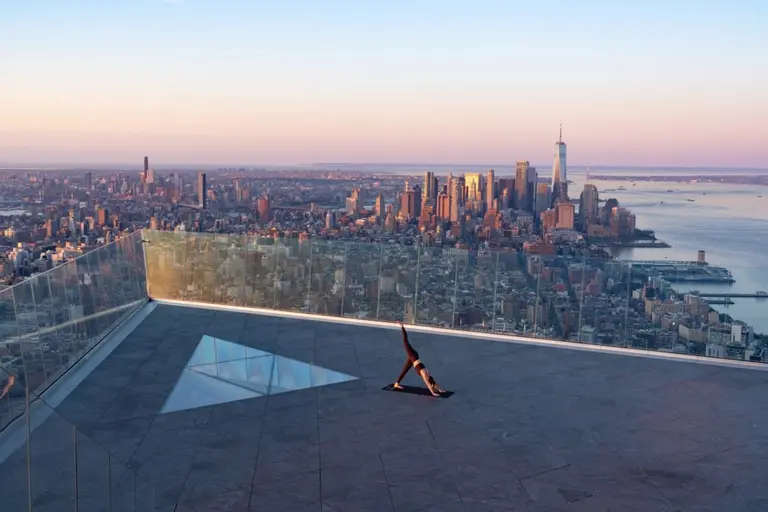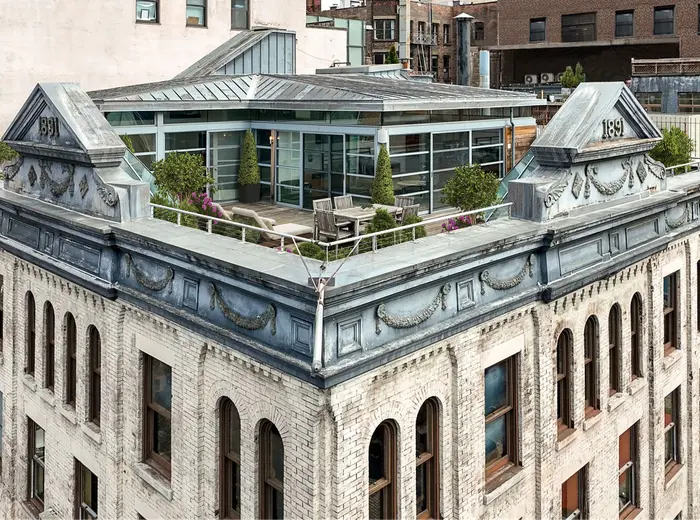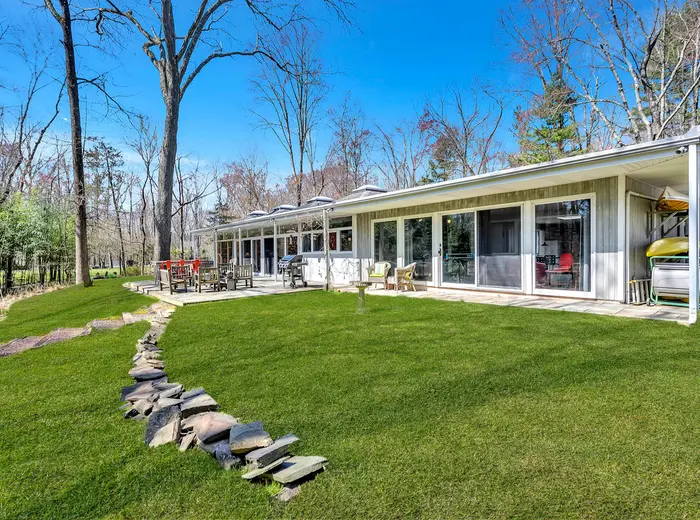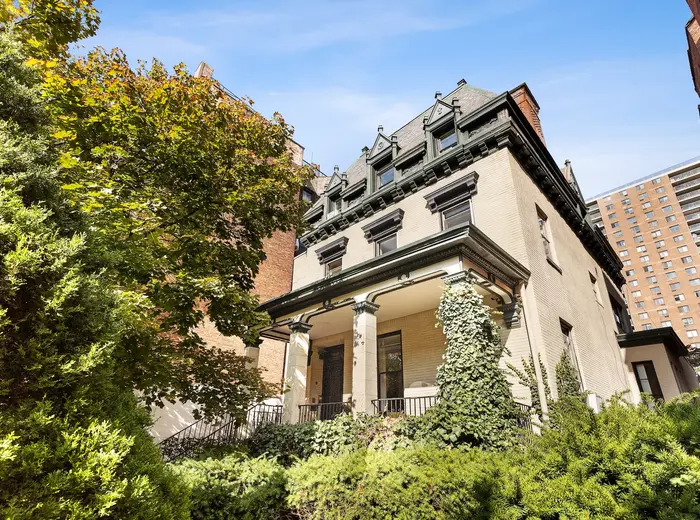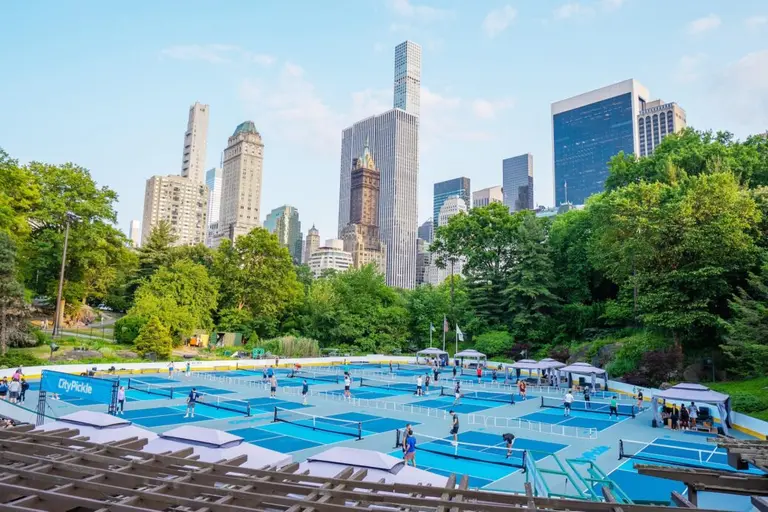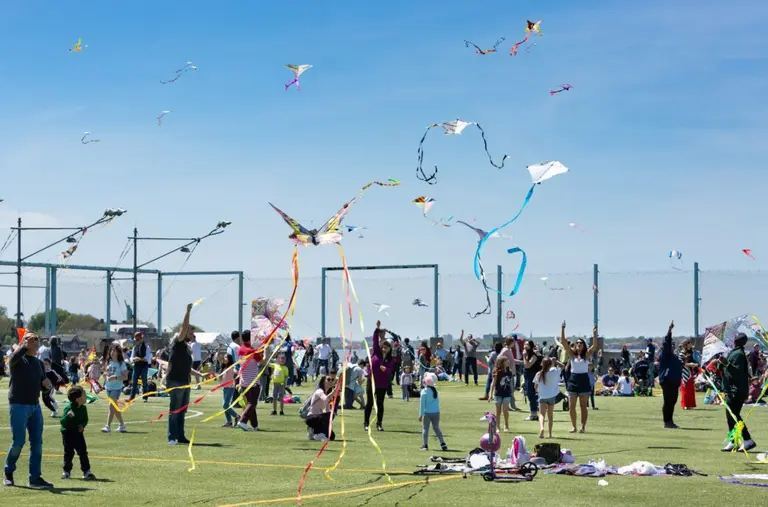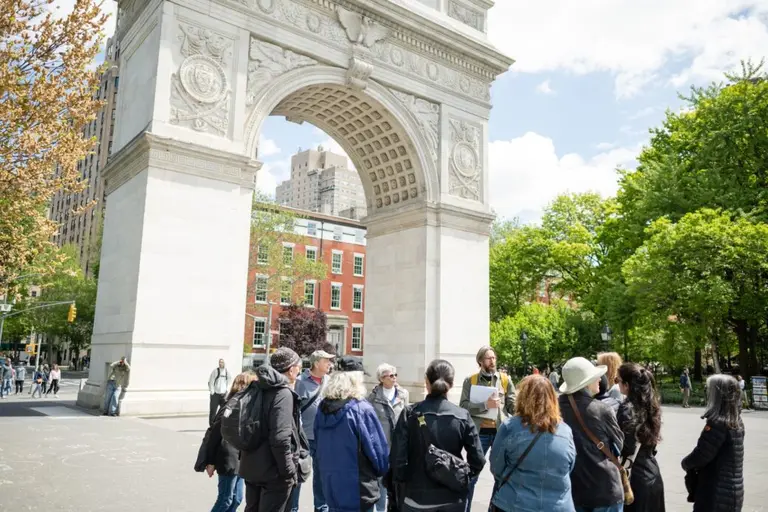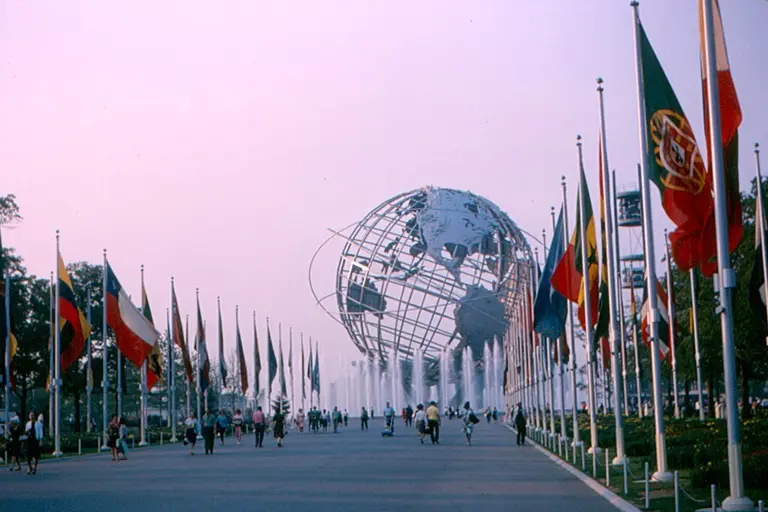Same celebration, different courses: The routes of Pride marches and parades in NYC
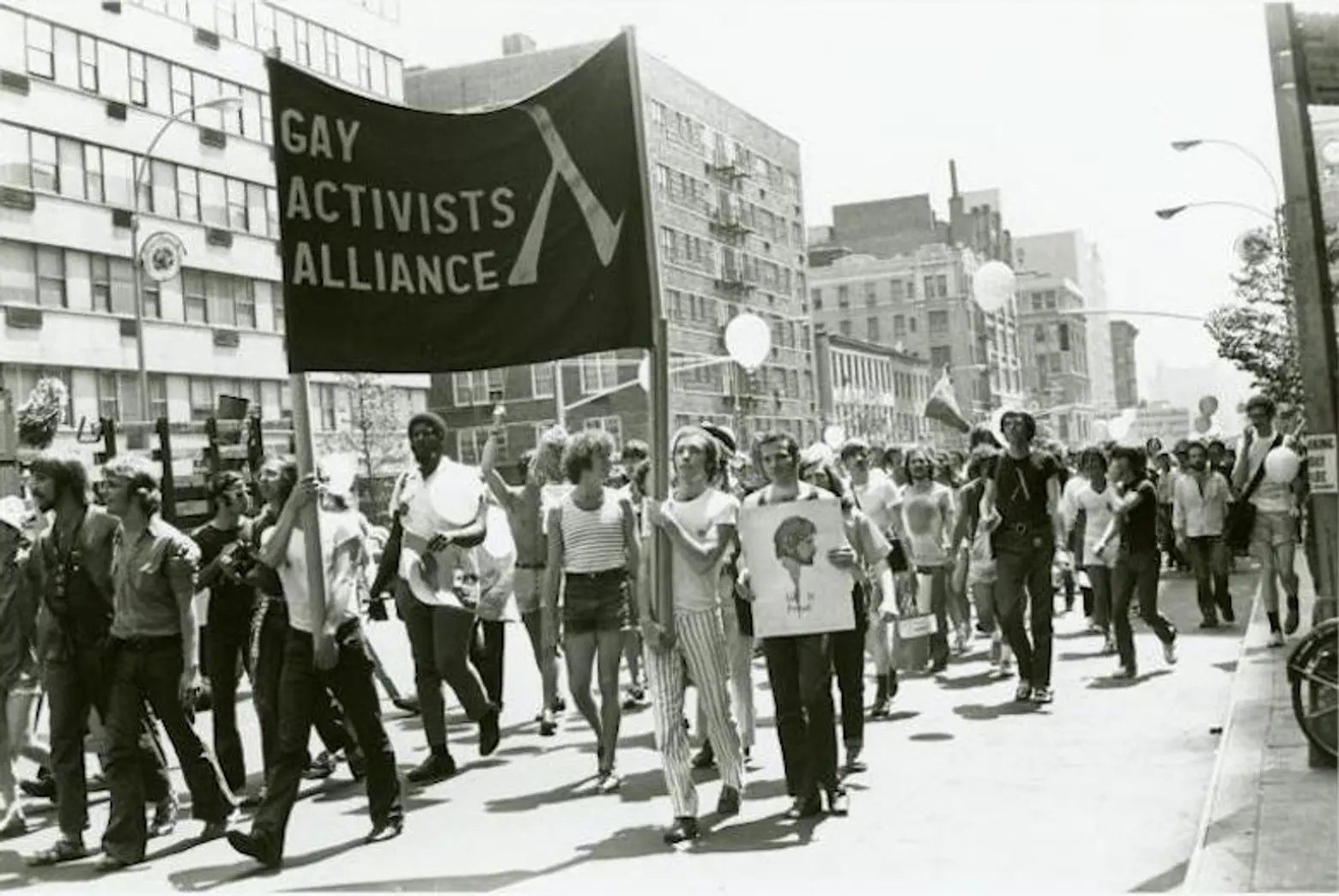
“GAA and Vito Russo marching in 1st Christopher St Liberation Day Parade,” The New York Public Library Digital Collections. 1970.
Decades ago, New York City’s Pride Parade was controversial because it focused on LGBTQ rights. And while there’s always more work to be done, five decades later, the LGBTQ community has gained legal recognition and acceptance. And in sharp contrast to the first Pride March, the annual event now seems to attract as many politicians and corporate sponsors as it does activists. But one controversy persists—the Pride Parade route itself.
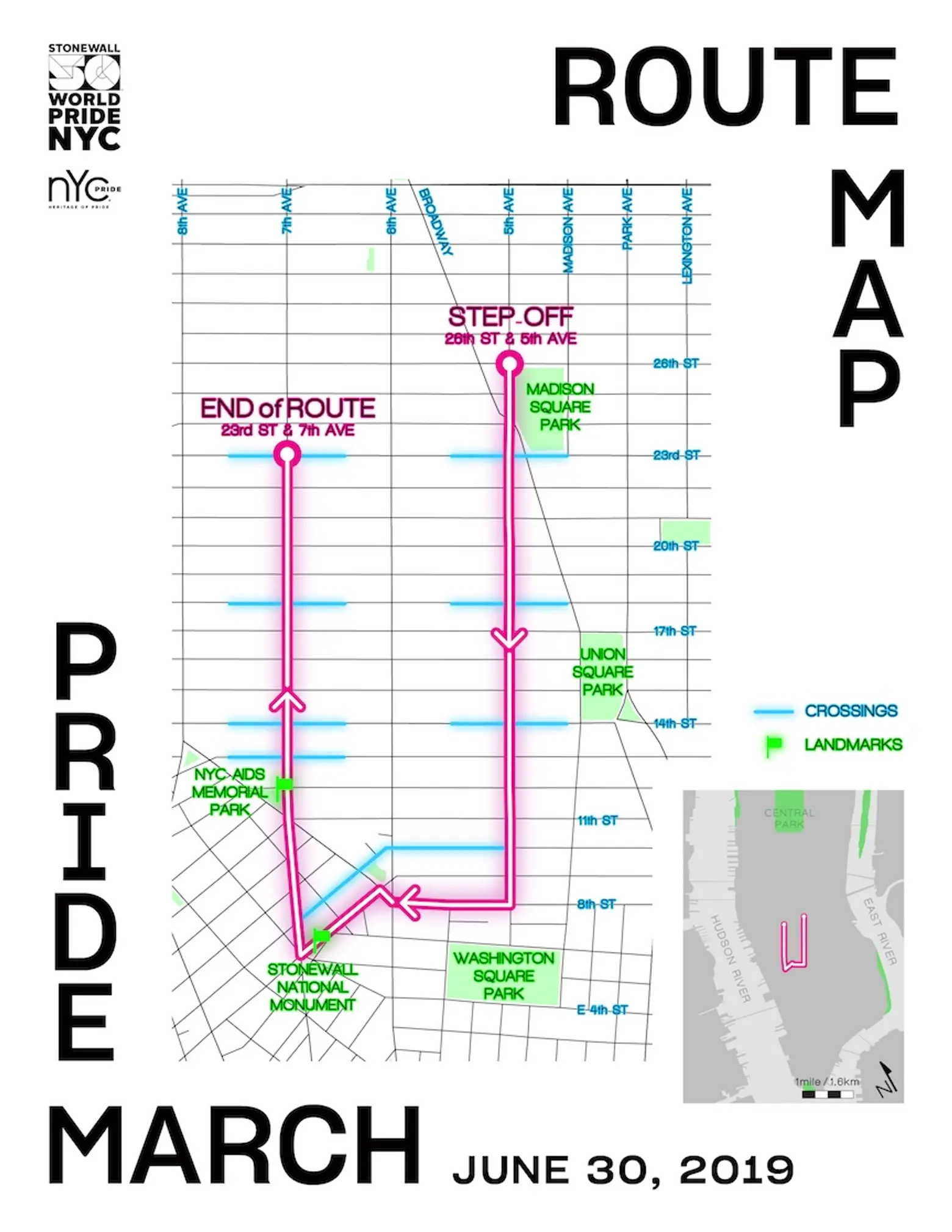
This year’s World Pride and Pride March route
This year marks the 50th anniversary of the Stonewall uprising and New York’s first time hosting World Pride. While events will happen throughout the month of June, the highlight is the Pride March. Scheduled for June 30, the parade will have an entirely new route.
The parade will start at West 26th and Fifth Avenue, travel down Fifth Avenue to West 8th street, and cut across West 8th to Christopher Street, and finally, over to Seventh Avenue. Eventually, revelers will travel back up Seventh Avenue to West 23rd Street. The new route was primarily chosen to ensure there are ample viewing opportunities for what is expected to be the largest Pride Parade yet.
The 2019 Pride March route may not seem controversial, but choosing the route was a highly divisive and time-consuming process. Since 1984, the parade has been organized by an organization known as Heritage of Pride (HOP). Prior to 2018, HOP’s parade route started further north at West 36th Street and Fifth Avenue and traveled down Fifth Avenue to West 8th Street and ended in Greenwich Village at the corner of Greenwich and Christopher Streets.
Last year, the route reversed direction—the festivities kicked off on Seventh Avenue at West 16th Street, cut through Greenwich Village, and ended at West 29th Street and Fifth Avenue. This year, the route will resume its standard direction, but cover more ground and end in Chelsea rather than the West Village.
But as reported in The Villager in 2018, not everyone in the community felt consulted about the initial changes in 2018. Activist Sheri Clemons told The Villager prior to last year’s Pride event: “You have to listen to the community and that also means reaching out and engaging… Everybody should have known that these changes would be disturbing.” But Clemons and other community activists not only objected to the lack of consultation over the new parade route, but to a new requirement that all marchers wear wristbands and to lower caps on contingent size.
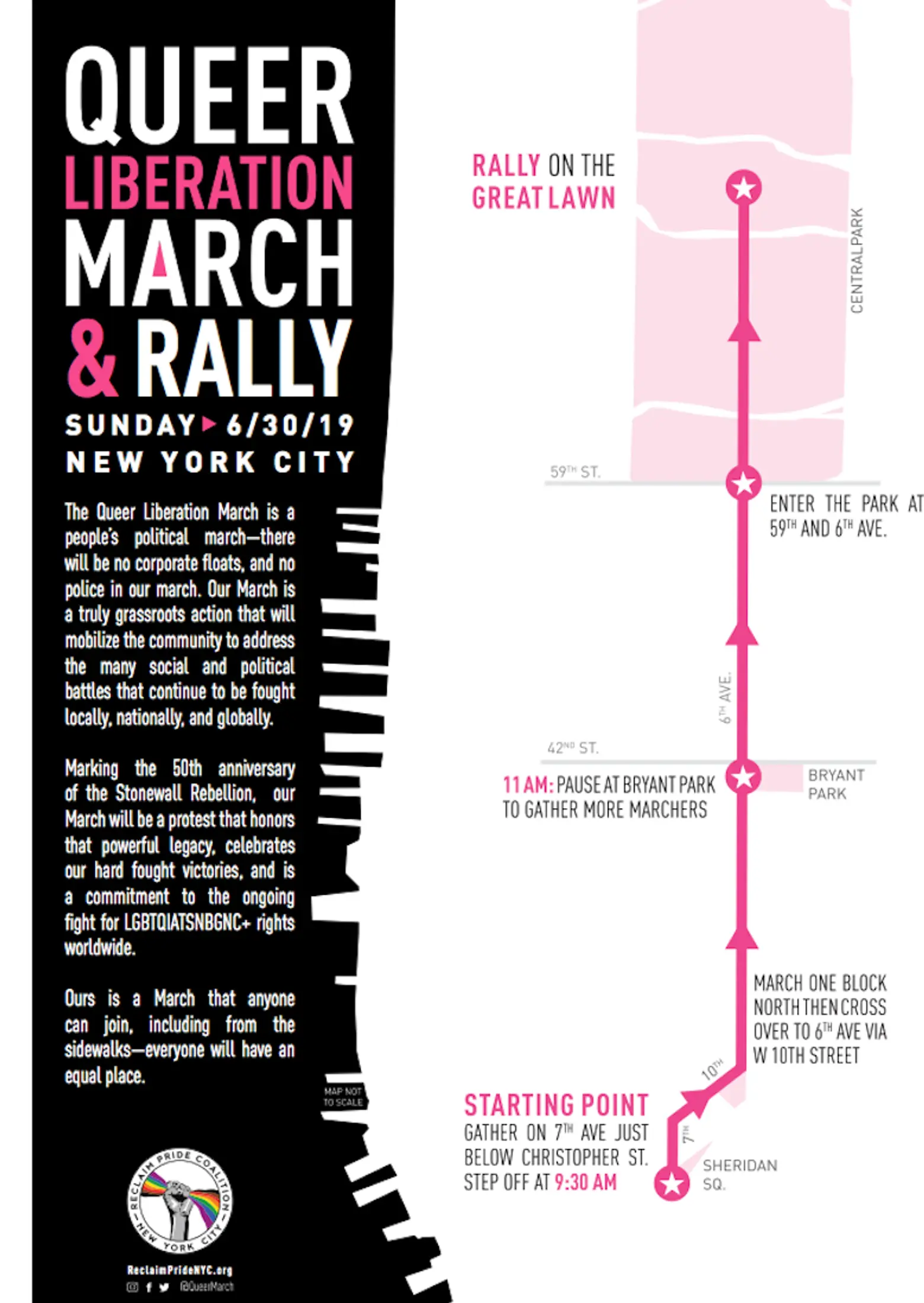
Alternative routes
Since the changes in 2018, tensions between HOP and community activists have continued to brew. The tensions eventually led to the establishment of a breakaway group known as the Reclaim Pride Coalition. As stated on its website, the group is now planning a Queer Liberation March on June 30, but take a different route. The Reclaim Pride Coalition’s march will retrace the steps of the original Christopher Street Liberation Day March of 1970. The coalition is asking marchers to gather in Sheridan Square. Marchers will then travel up Sixth Avenue, ending with a rally on Central Park’s Great Lawn.
Notably, while the Queer Liberation March will start at 9:30 a.m., the Pride March isn’t scheduled to start until noon. But the route and start time aren’t the only things that will make the Queer Liberation March a bit different. Unlike the official parade, which now welcomes as large contingent of corporate-sponsored floats, business leaders, and politicians, the Queer Liberation March states: “The Queer Liberation March is a people’s political march—no corporate floats, and no police in our march.”
A route in flux for 50 years
While some members of the LGBTQ community may want to cling to tradition, in reality, the Pride parade route has been in nearly constant flux since the first 2000-person march was held in 1970 on the one-year anniversary of the 1969 Stonewall riot.
For the first two years, the march retraced the steps of the 1969 protesters. By 1973, the event had grown from 2000 to 20,000 participants. To accommodate the growing crowds, the march now started in Central Park and moved down Seventh Avenue to end in Washington Square Park. In 1974, the parade migrated back over to Sixth Avenue, but by the late 1970s, it was moving up Fifth Avenue instead. During the AIDS crisis, the route changed direction again—now starting on the West Side and moving down Fifth Avenue.
Eventually, the starting point shifted from Columbus Circle to 52nd Street and, finally, to 36th Street. Still, some deviations from this route have occurred over the past twenty-five years. In 1994, for example, the Pride Parade diverted over to First Avenue so protesters could call for global LGBTQ rights outside the United Nations.
For many years, splinter groups with separate events have also structured how things roll on Pride weekend. Since 1992, New York City has also been home to an annual Dyke March, which takes place on the Saturday before the Pride Parade. Unlike the Pride Parade, the Dyke March has always remained a distinctly political event—it happens without permits or corporate sponsors. This year’s Dyke March will start in Bryant Park at 5:00 p.m. on June 29.
RELATED:
